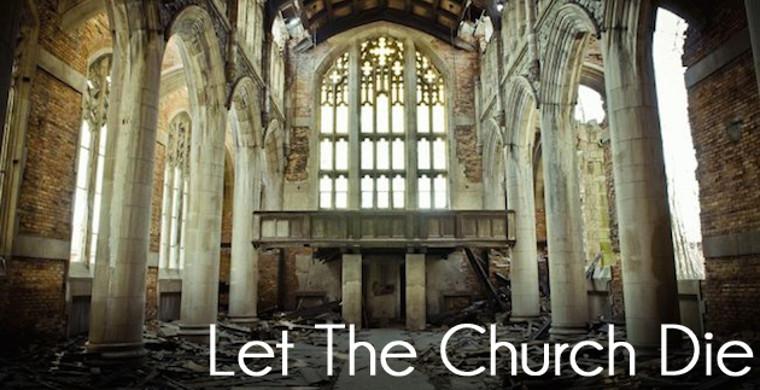Episcopal Dioceses Start to Crumble as Parishes Decline. Fewer Paid Rectors
By David W. Virtue, DD
www.virtueonline.org
April 11, 2017
Following recent revelations by Mariann Budde, Bishop of the Diocese of Washington, that her diocese is in free fall with only a dozen or so viable parishes out of 88, VOL has received reports from other dioceses that reflect similar decline.
The Diocese of Nthn. Michigan, for example, has a total ASA of 475 (as of 2015) from a handful of parishes. The diocese is being sustained financially by the national church.
However, it is not always the bishop that is so forthcoming. VOL has received a report from another TEC diocese in the northeast. In this case, news come from a clergy person who agreed to talk to VOL on the basis of anonymity, fearing retribution by the diocesan bishop.
This person wrote: “Of the approximately 80 parishes within the diocese, there have been over 30 rector and/or clergy changes since January 2015 with two additional parishes making changes in the coming months. This represents almost 40% of the diocese in transition within a space of just over 24 months. Furthermore, within this diocese, salaries are coming down and there are difficulties in employing interims as a result. Meanwhile, the diocesan office is hiring additional staff and seeking enlarged office space.”
When one considers that the cost of bringing in a new rector involves the considerable expense of moving, rectory refurbishment, final payments to the previous rector or interim, this game of musical chairs is doing little for the financial health of either the individual parishes or the diocese as a whole!
“Yes, we're coming apart,” the source told VOL.
Figures don’t lie.
In 2005, the number of baptized in this diocese was 19,178. From there it has dropped every year till 2015, when it hit 12,598. The total loss from 2005 – 2015 was 34.3%! Fully one third of the diocese. Between 2014 and 2015, the loss was 5.1%.
Average Sunday Attendance in 2005 was 6,190. By the time it hit 2015, the figure was 3,859.
Total loss between 2005 and 2015 was a staggering 37.7%. The loss between 2014 and 2015 was a further 6.5%.
There were 178 baptisms (146 children, 32 adults); 72 Confirmations (22 children, 50 adult), 22 were received into the church and there were 91 marriages. Total: 298. There were 330 burials in the diocese.
Income losses were less obvious. Between 2010 and 2015, the diocese lost 10.0% in real income and between 2014-2015, the net loss was 4.4%.
What is sustaining most dioceses is the money they get from the sale of parishes that close for one reason or another, thus providing extra capital for the bishop to spend or simply to maintain the status quo.
An example of this was the recent sale of the headquarters of the Diocese of Rochester by Bishop Prince Singh. He said that selling Diocesan House and maybe the cathedral would allow resources to be used “missionally” so he and the diocese could act more “nimbly” to meet local needs. But what if “missional” and “nimble” does not translate into new church plants and new converts? What happens when, in time, the money made on all these sales runs out. What then? Perhaps someone will stand up and say, “do we really need a bishop”?
It is not without its significance that a reasonably wealthy diocese like Los Angeles was hoping for a quick sale of St. James the Great in Newport Beach for a cool $15 million. That would certainly have boosted their coffers. To date that has not materialized. Money like that can stretch even a flailing diocese for years. The Diocese of Pennsylvania sold its diocesan headquarters, even though it retains millions of dollars in trust funds which could not be used to sustain Diocesan House. This, of course, was all under the rein of Charles Bennison, whose disastrous occupancy of the see has been more than documented by this writer.
The Diocese of Delaware sold its landmark Cathedral Church of St. John, in Wilmington, joining many others that have closed in The Episcopal Church from Kalamazoo in Western Michigan to Providence, Rhode Island. Others are on life support. Over the next 20 years, more will quietly close and be sold off to developers.
END














